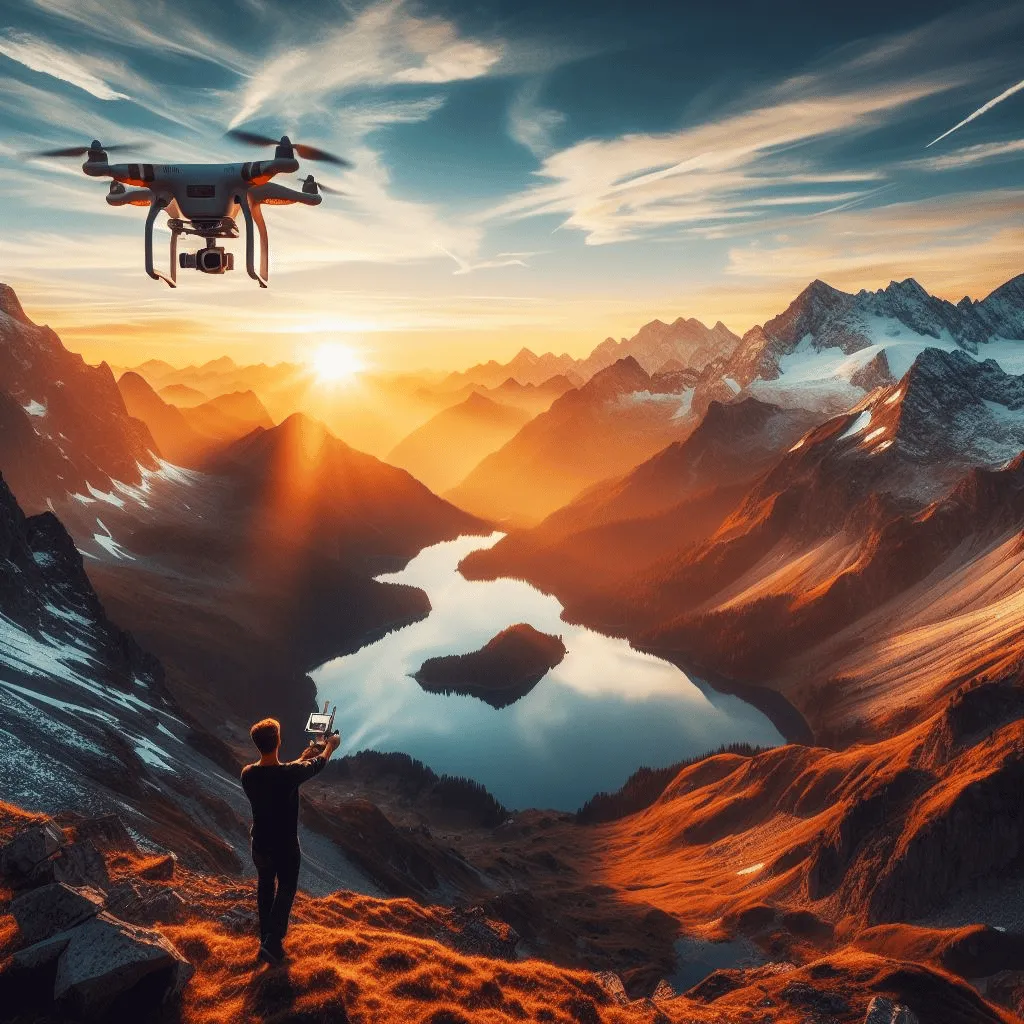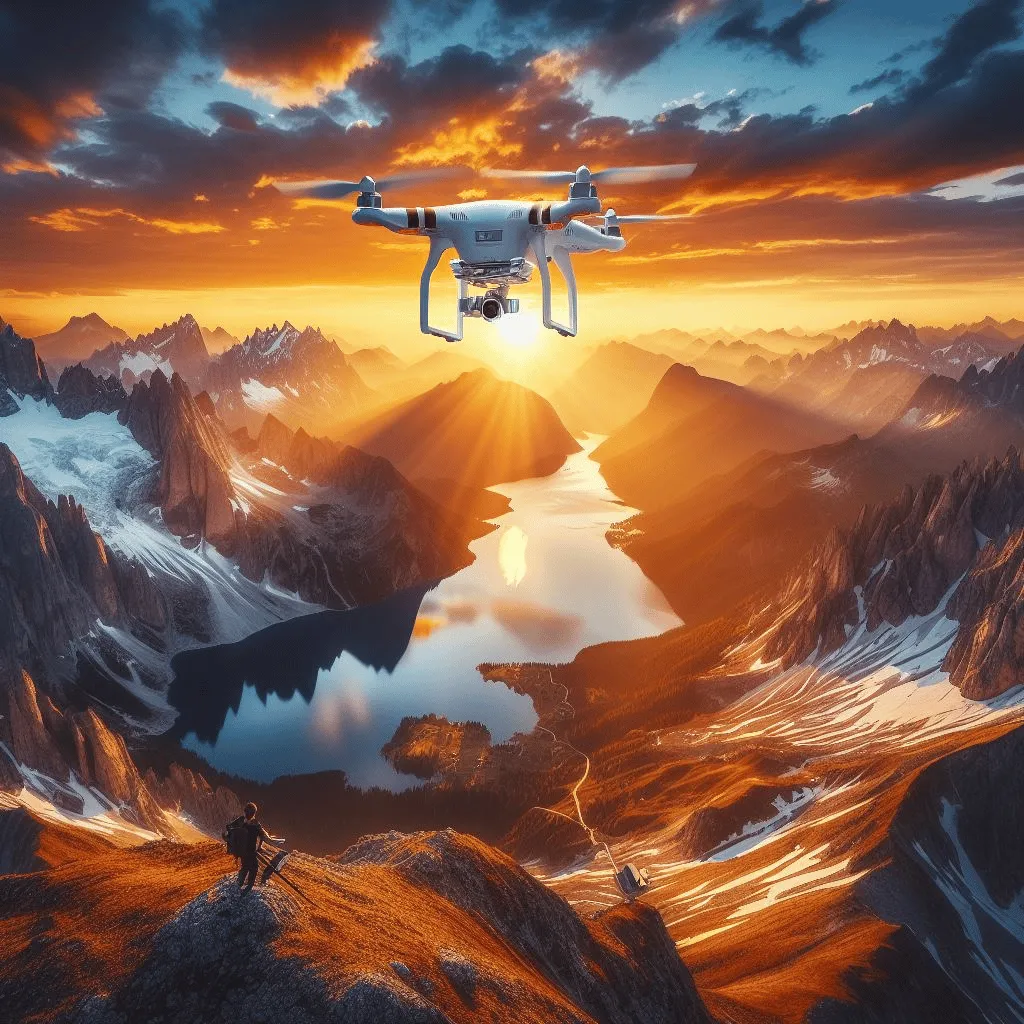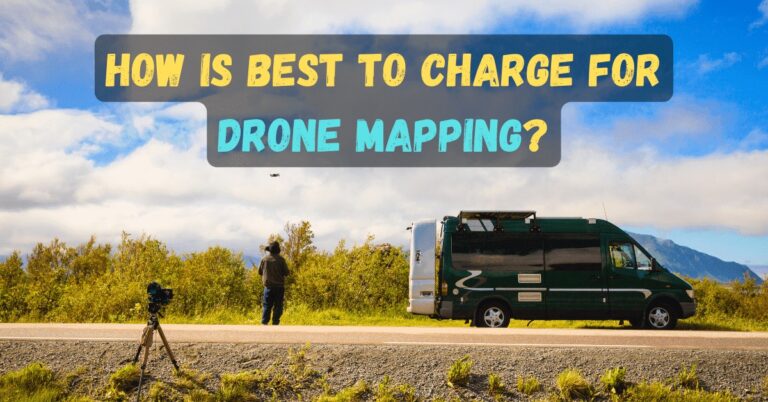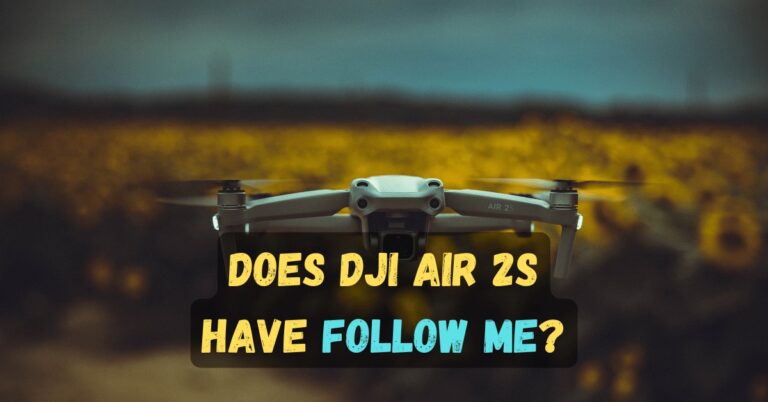How Far can a Drone Fly From Its Operator? (Drone Range)

Picture this: you’re standing in an open field, holding a sleek remote control in your hands, ready to unleash the power of your trusty drone.
You raise your arm, press a button, and watch in awe as your drone takes flight, soaring high into the sky.
But have you ever wondered just how far your drone can go before it loses connection with its operator? Well, my curious friend, let’s find out.
How far can a drone fly from its operator?
The range a drone can cover from its operator isn’t a one-size-fits-all scenario; it depends on a few key factors. Firstly, the type of drone matters:
Another critical factor is signal strength. The better the connection between the drone and its controller, the farther it can go. Drones with robust transmitters and receivers outpace those with weaker ones.
Environmental conditions also play a role. Wind, temperature, and humidity impact both signal strength and flight performance, potentially cutting down the drone’s range.

Obstacles, like buildings and trees, can get in the way and limit how far you can control the drone. Regulations add another layer, with many countries requiring operators to keep a visual line of sight (VLOS) with the drone at all times.
Here’s a quick cheat sheet:
Remember, these are ballpark figures. Always check your drone’s specs and local rules for precise details. And, even if your drone can go the distance, flying responsibly—keeping VLOS in mind—ensures safe control and prevents mishaps.
Read More: Can You Bring a Drone to Peru? (Drone Laws in Peru 2024)
How to check the drone range from its controller?
Checking your drone’s range from its controller is essential for a safe and enjoyable flight experience. The method you use depends on your specific drone model and controller. Let’s explore a few general approaches:
Controller Display:
Many modern drone controllers come equipped with built-in displays that show crucial flight information. Keep an eye out for terms like “distance,” “range,” or “RSSI” (Received Signal Strength Indicator).
These readings provide real-time updates on the remaining range, helping you stay informed during your flight.

Drone Manual:
Your drone’s manual is a valuable resource for understanding its capabilities. Check the manual for information on the maximum range under ideal conditions.
While this gives a general idea, be aware that real-time conditions may vary, affecting the actual range during your flight.
Drone App:
Several drone models come with dedicated mobile apps that connect to your drone and display flight information.
Similar to the controller display, the app may show metrics such as distance, range, or RSSI. Some apps even provide range predictions based on environmental factors, enhancing your situational awareness.
Range Test:
For a more accurate assessment of your drone’s range under specific conditions, consider performing a range test.
Fly the drone in a controlled environment with minimal interference, observing the maximum distance it can reach while maintaining a stable connection.
This hands-on approach ensures a better understanding of your drone’s capabilities.

Remember a few additional points:
In the end, safety should be your top priority when flying a drone. Adhere to the manufacturer’s recommended range, avoid compromising conditions, and enjoy your drone experience responsibly.
Read More: How Far and High Can DJI Mavic Air 2S Fly?
What are the different drone ranges from its operator?
Let me give you a table so that you can uderstand better and easily.
| Name | Type | Range (km) |
|---|---|---|
| DJI Mavic Mini | Hobby | 4 |
| Parrot Anafi | Hobby | 4 |
| Autel Robotics EVO II | Multi-rotor | 8 |
| DJI Matrice 300 RTK | Multi-rotor | 15 |
| Yuneec H520 | Multi-rotor | 10 |
| Freefly Alta 8 | Multi-rotor | 7 |
| SenseFly eBee X | Fixed-wing | 100 |
| DJI Matrice 600 Pro | Fixed-wing | 5 |
| AeroVironment Quantix Mapper | Fixed-wing | 100 |
| WingtraOne PPK | Fixed-wing | 100 |
What is the highest range of a regular drone from its operator?
If you’re wondering how far a regular drone can fly from its operator, the answer is: it depends. It depends on the model, the battery life, the weather, the interference, and your piloting skills.
Some high-end drones can fly up to 11 miles away from their controllers, while some toy drones can barely make it across the street.
Most mid-level drones have a range of about half a mile to two miles, which is still pretty impressive if you ask me.

Of course, you also have to consider the legal and ethical implications of flying your drone too far. You don’t want to invade someone’s privacy, cause an accident, or lose your precious gadget.
So, before you take off, make sure you check the drone regulations in your area, plan your flight path carefully, and keep your drone in sight at all times.
Read More: Can You Fly a Drone Within 5 Miles of an Airport?
What is the lowest range of a regular drone from its operator?
If you’re wondering how far a drone can fly from its operator, you might be surprised by the answer. It depends on what kind of drone you have, of course.
If you have a toy drone, you might as well keep it close to you, because it won’t go very far. Toy drones typically have a short range of about 20 to 100 yards, which is barely enough to spy on your neighbor’s backyard. Not that I’m suggesting you do that, of course.
But if you have a mid- to high-end drone, you can enjoy a much longer range that can extend to several miles.
A common range for mid-level consumer drones is between 0.25 to 1.5 miles, which is not bad for capturing some scenic views or following your dog around the park. Again, not that I’m suggesting you do that, either.
And if you have a high-end consumer drone, you can really go the distance. Some of these drones can fly up to 11 miles away from their operator, which is impressive and slightly terrifying.

Imagine what you could do with that kind of range. You could explore remote areas, deliver packages, or even start a drone taxi service. But please don’t do any of those things without proper authorization and safety precautions.
So, as you can see, the answer to how far a drone can fly from its operator is not so simple. It depends on the type and quality of your drone, as well as the environmental conditions and legal regulations.
But whatever drone you have, make sure you fly it responsibly and have fun with it. And don’t forget to charge your battery before you take off!
Read More: What Can Interfere With Drone Signal?
What is the range of military drones from their operators?
Military drones come in various categories, each with its own operational distances tailored to specific missions. Let’s take a closer look:
Unmanned Tactical Aerial Vehicles (UAVs) fall within the 50-300 kilometers range. Examples include the MQ-1 Predator, Bayraktar TB2, and DJI Matrice 300 RTK.
Moving up, we have Medium-altitude Long-endurance (MALE) UAVs, boasting a range of 1,000-4,000 kilometers. Notable models are the MQ-9 Reaper, Heron TP, and General Atomics Avenger.
Scaling even further, High-altitude Long-endurance (HALE) UAVs can reach up to 20,000 kilometers, with some having an indefinite range. Notable examples include the RQ-4 Global Hawk, Northrop Grumman RQ-180, and Airbus Zephyr.

Several factors influence drone range, such as satellite communication and aerial refueling capabilities. Some drones leverage satellite communication relays to extend their range, while others can be refueled mid-air, enhancing operational time.
Mission requirements also play a role; surveillance missions may demand longer ranges compared to strike missions.
Considering security, precise drone ranges are often classified information, and operational details vary based on the specific mission and drone capabilities.
Now, let’s delve into specific examples:
It’s worth noting that these examples represent just a fraction of the evolving landscape of military drone capabilities. Advancements in technology continue to shape and extend the operational ranges of these unmanned vehicles.
Read More: Can You Fly a Drone in Class E Airspace?
What is the range of a police drone from its operator?
The range of a police drone from its operator can differ significantly based on various factors. Firstly, the model of the drone plays a crucial role, as different models have different range capabilities. Additionally, signal strength is a key determinant – stronger signals enable longer ranges.
Environmental conditions, such as wind and rain, also impact the signal strength and, subsequently, the drone’s range.
Local regulations are another consideration; some areas have restrictions on drone range for safety reasons.

Furthermore, the nature of the mission influences the required range, with surveillance missions typically needing a longer range compared to search and rescue operations.
For an overview, here’s a rough estimate of the range for different types of police drones:
Specific examples of police drones and their ranges include the DJI Matrice 300 RTK (up to 15 kilometers), Autel Robotics EVO II (up to 8 kilometers), and Yuneec H520 (up to 10 kilometers).
It’s important to note that police departments often prioritize VLOS (visual line of sight) operation, even with longer-range drones, to enhance control and situational awareness for the operator.
Keep in mind that these range estimates are general, and the actual range may vary based on the factors mentioned. Therefore, it’s crucial to refer to the specific model’s specifications and local regulations for accurate information.

Final Thoughts – How Far can a Drone Fly From Its Operator?
This conversation has been a fascinating exploration of the world of drones and their diverse range capabilities.
We’ve delved into the various categories of drones, from recreational hobby models to sophisticated military and law enforcement tools, and learned about the factors that influence their range.
Here are some key takeaways:
I hope this conversation has increased your understanding of drones and their vast potential. As technology continues to evolve, we can expect to see even more innovation and applications for these remarkable unmanned aerial vehicles.

FAQs
Some drones offer range extender accessories, like antennas or signal boosters. However, their effectiveness depends on the drone model and environmental conditions. Always check compatibility and test in a safe environment before relying solely on extended range.
Regulations regarding VLOS vary by country and region. Some areas require VLOS for all drone operations, while others allow BVLOS (beyond visual line of sight) under specific permits and conditions. Always check local regulations before flying your drone.
Most drones have built-in failsafe mechanisms that kick in if the signal is lost. These mechanisms can include automatic return to home, landing in place, or descending to a safe altitude. The specific behavior depends on the drone model and pre-programmed settings.
Regulations around night-time drone flying vary widely. Some areas require special permits or lighting equipment for night operations, while others completely prohibit it. Always check local regulations and ensure proper visibility before flying your drone at night.
Flying at longer distances consumes more battery power. It’s crucial to monitor your drone’s battery level and plan your flight path accordingly to ensure safe return before the battery depletes.
Article Sources:







